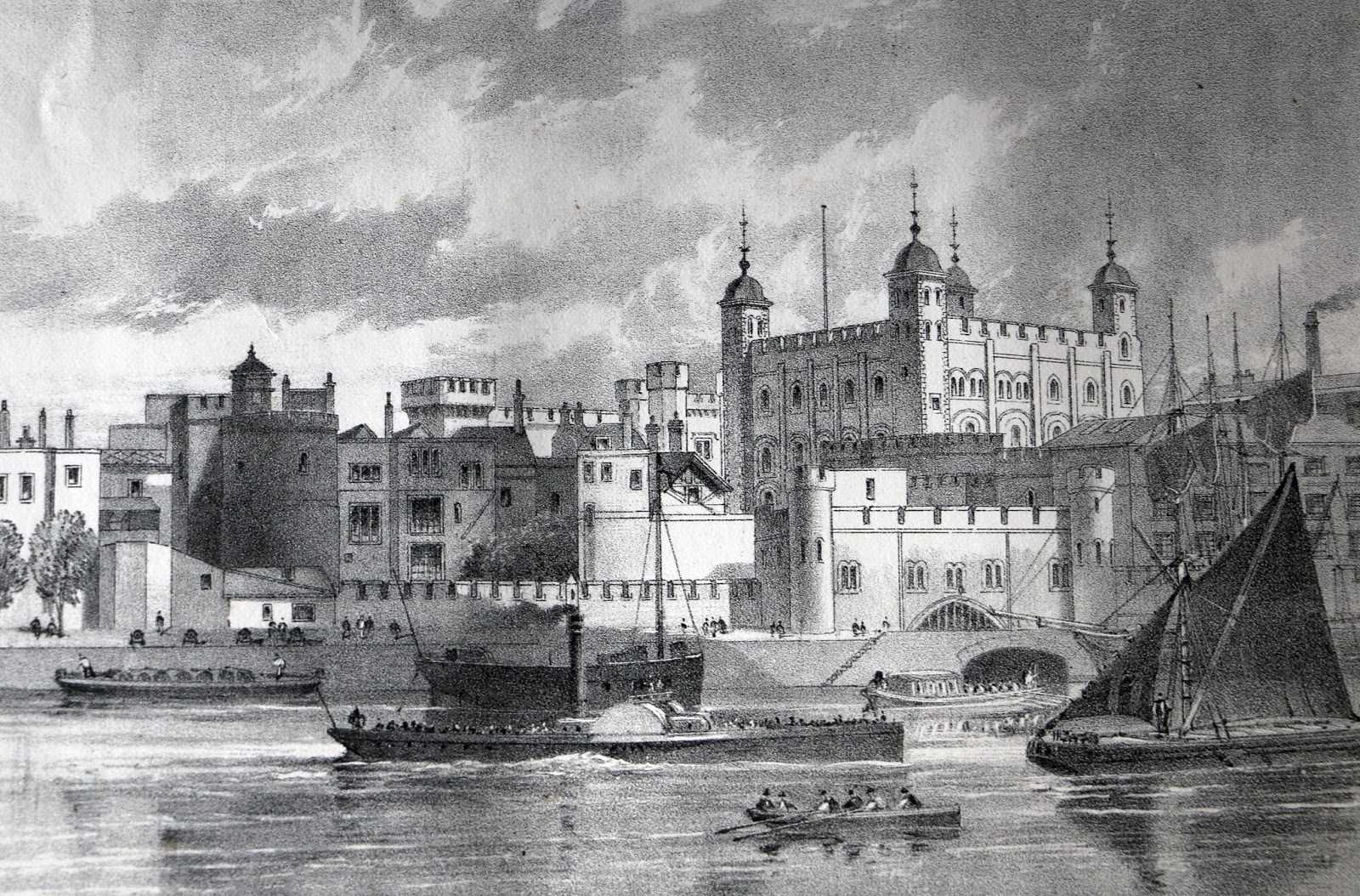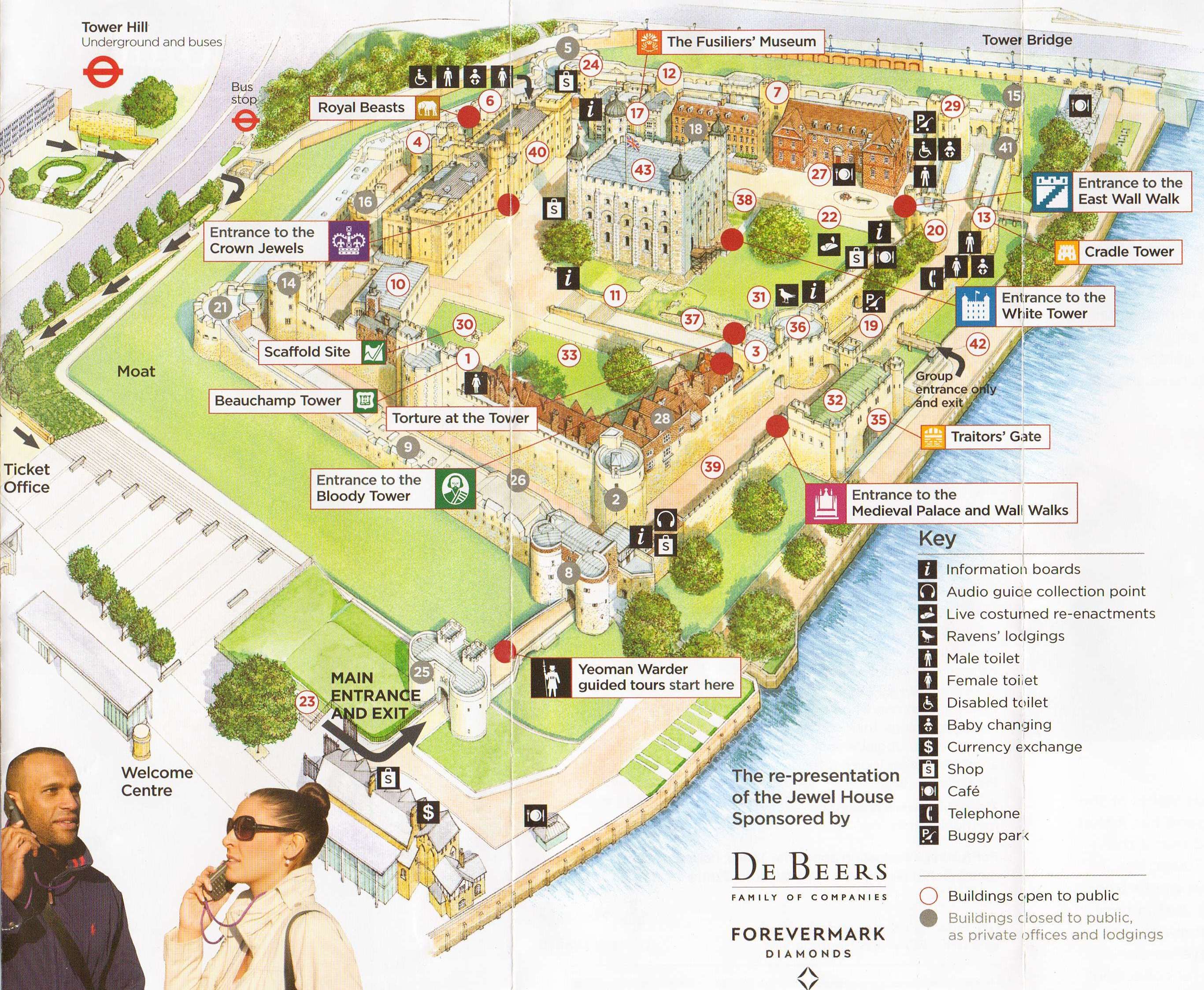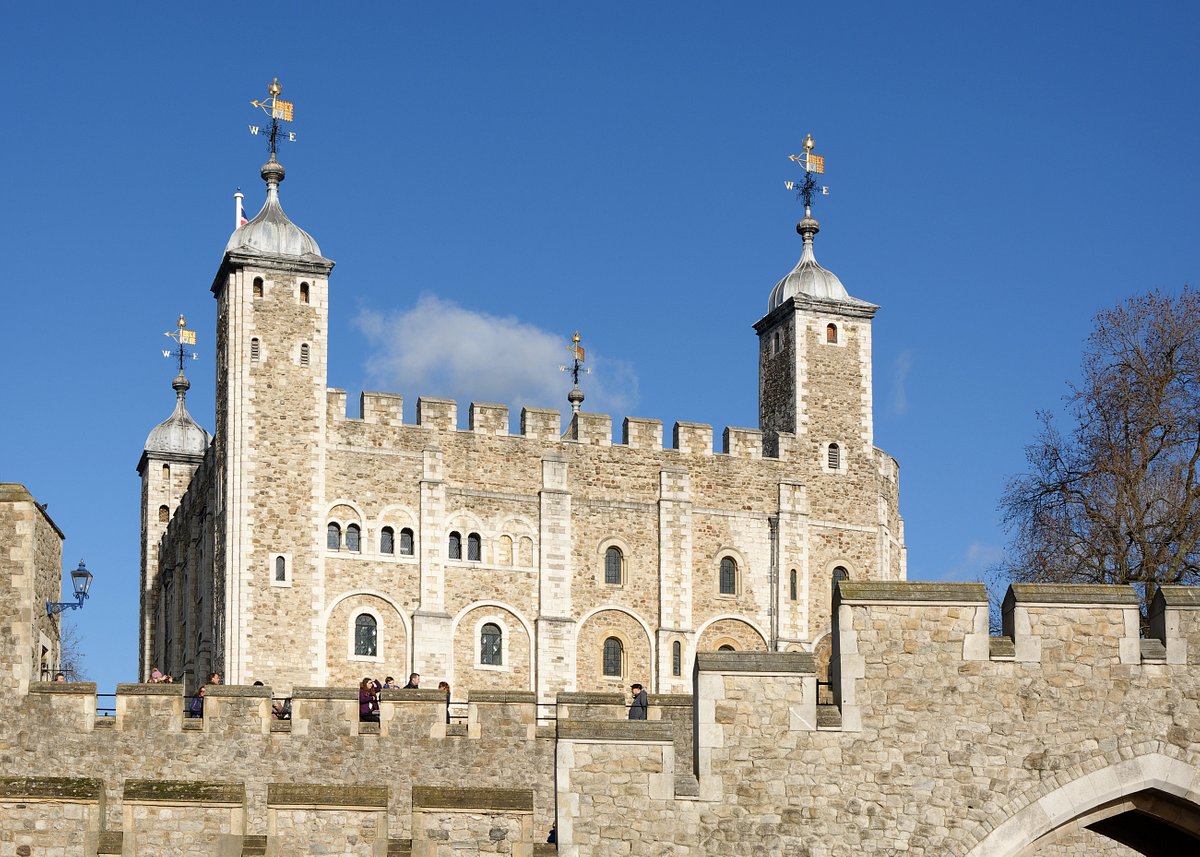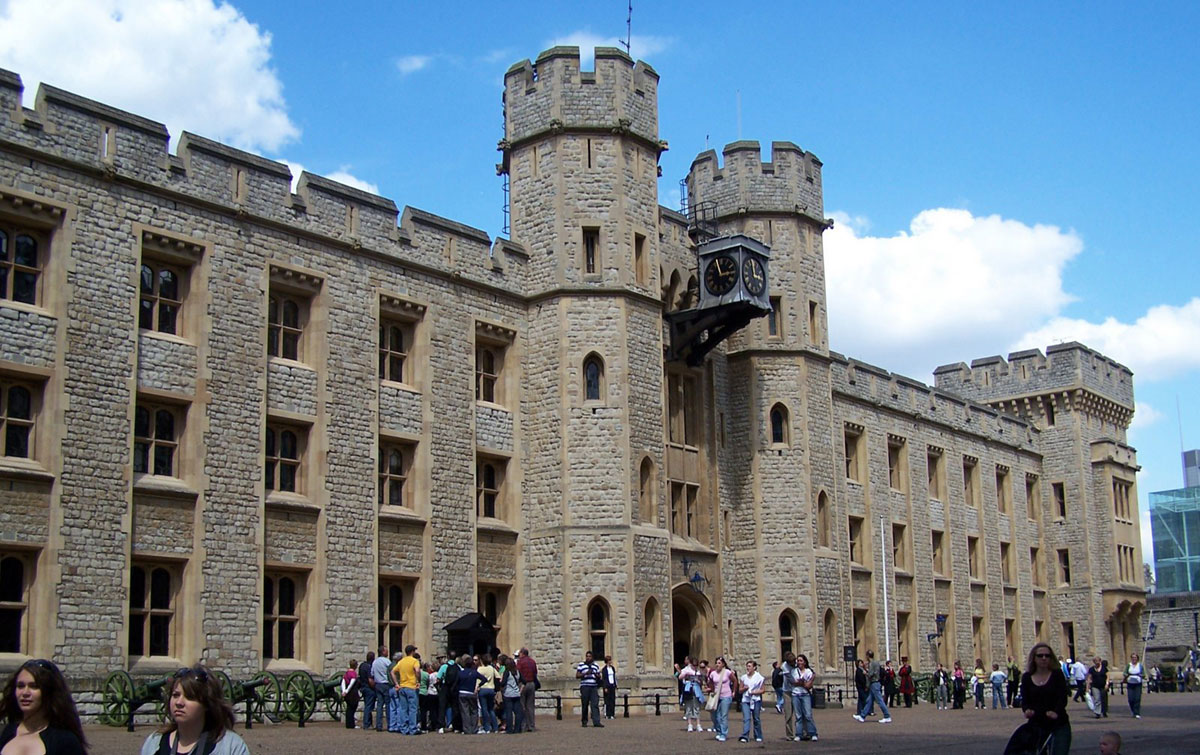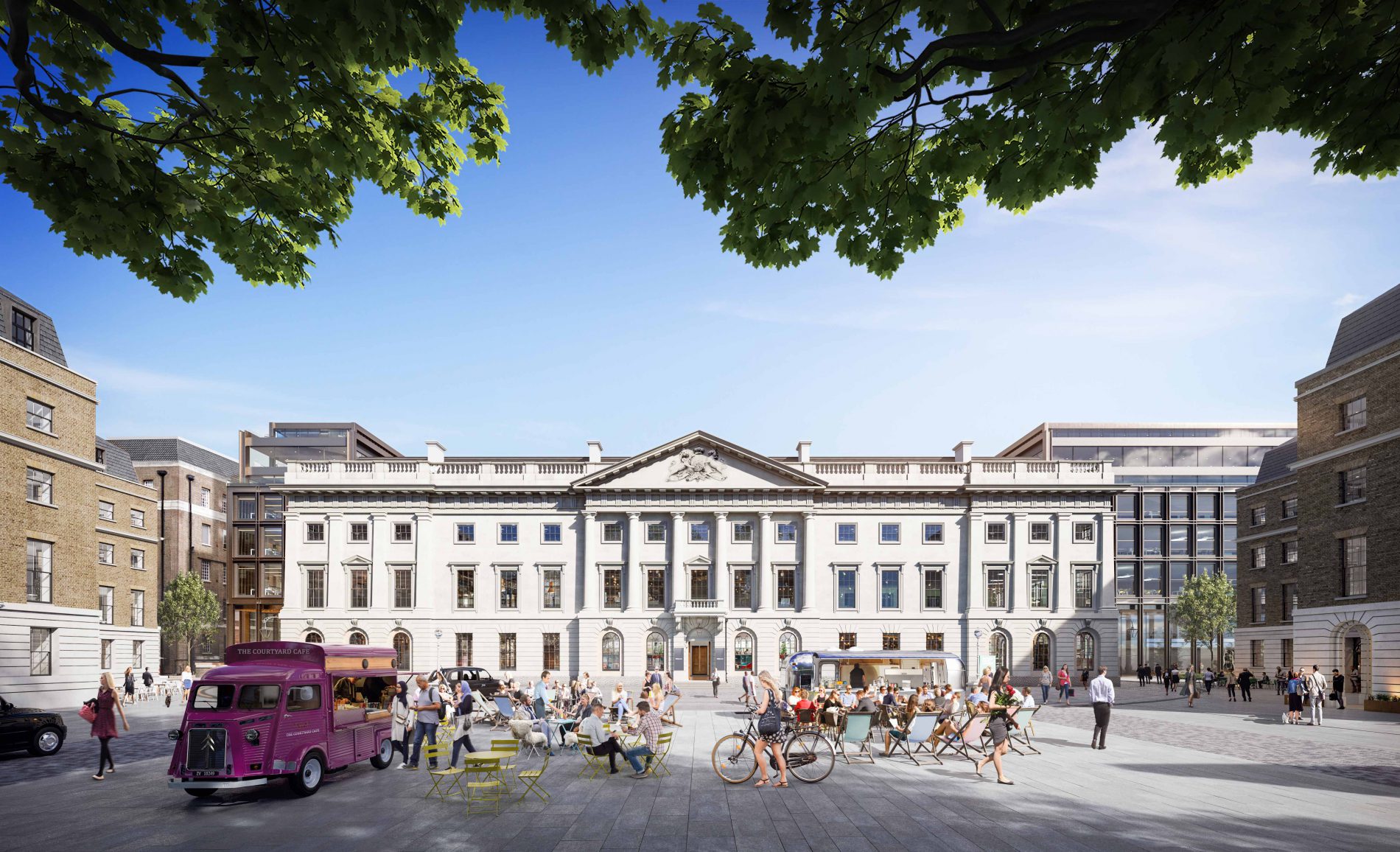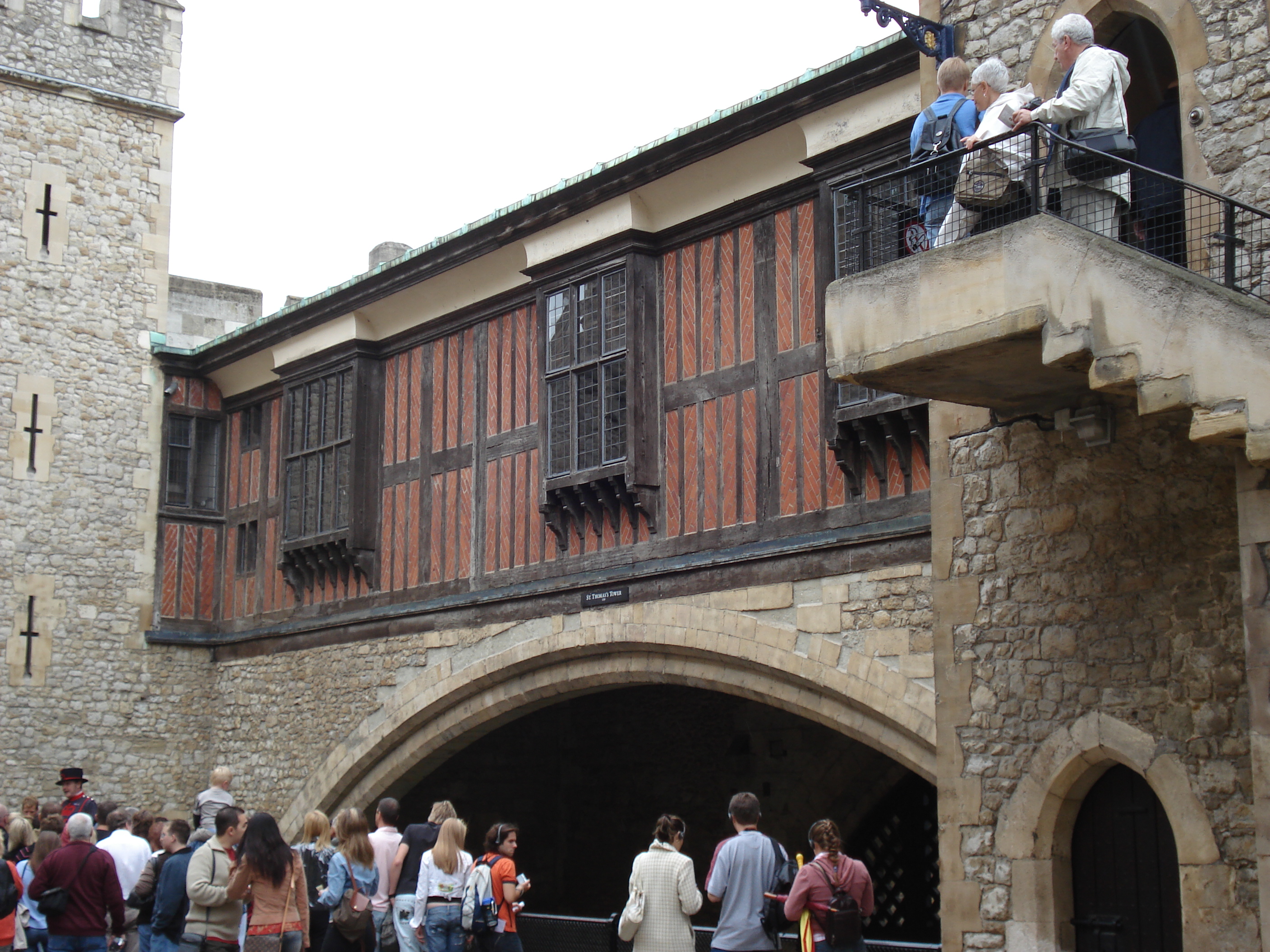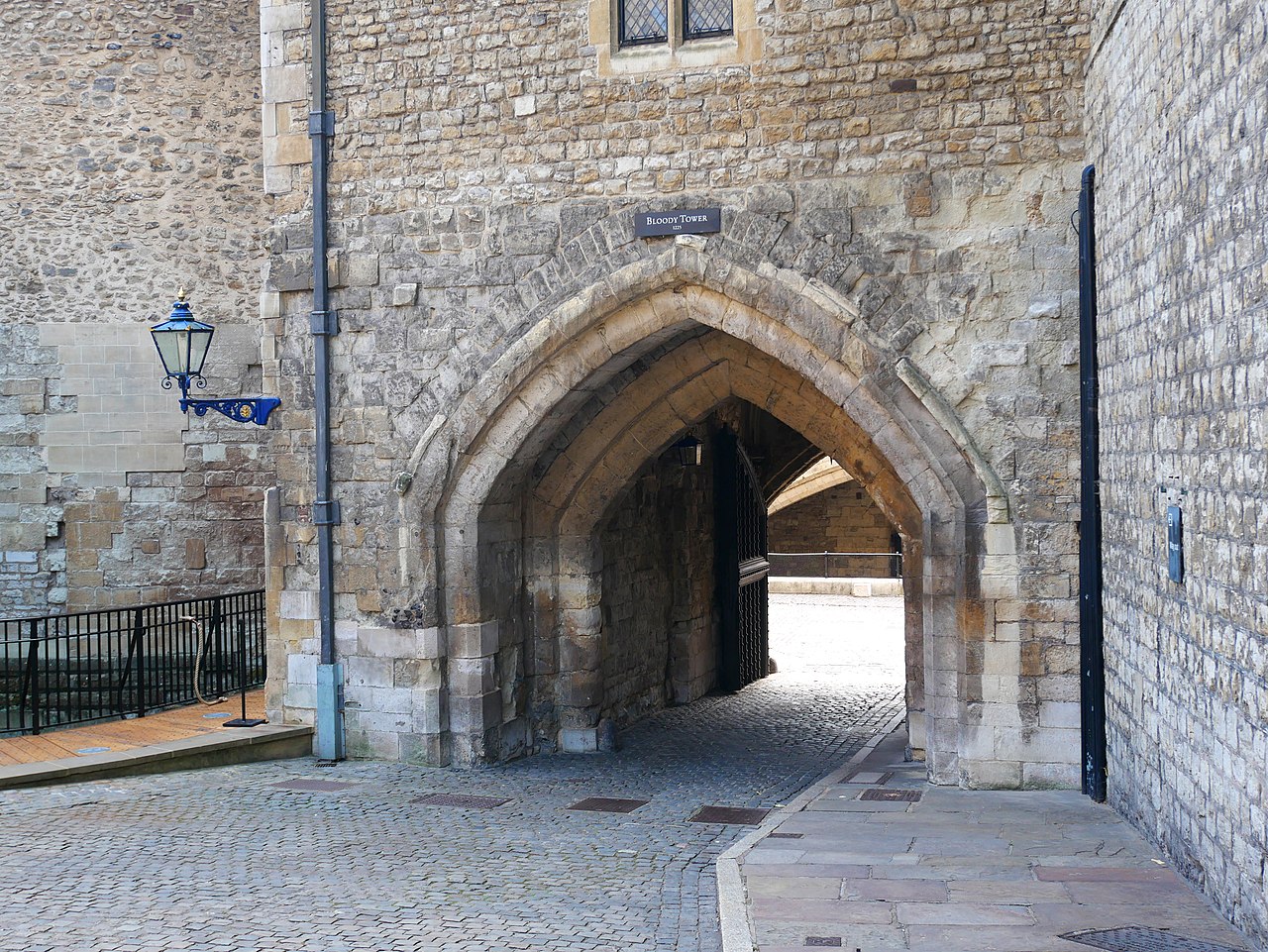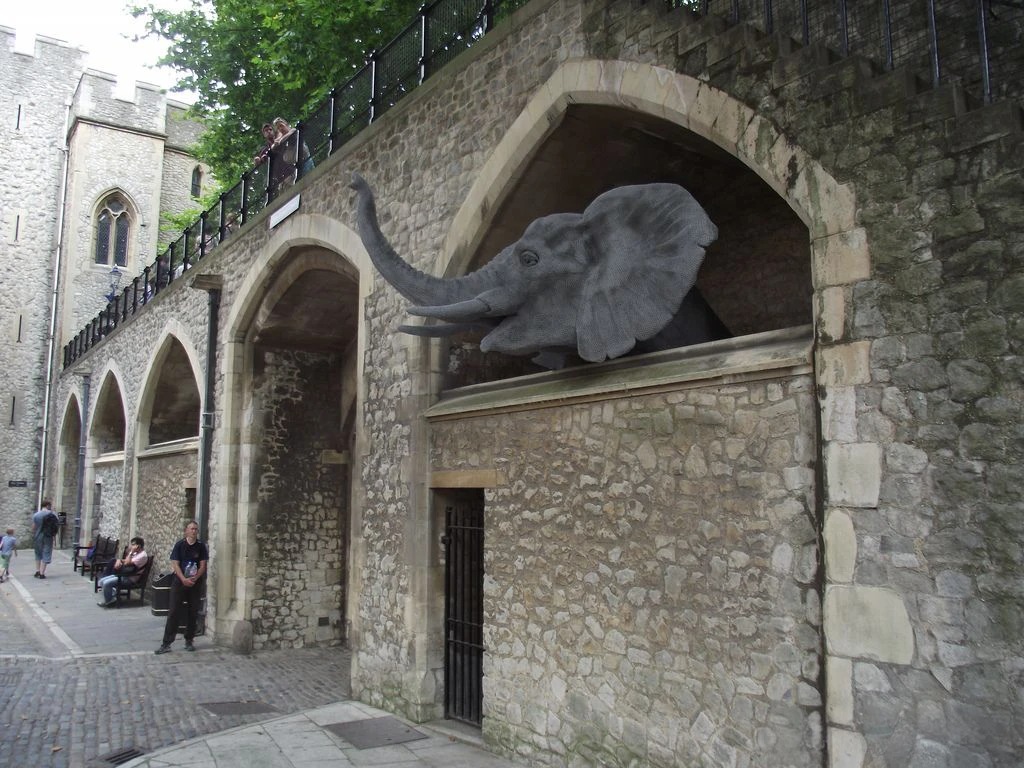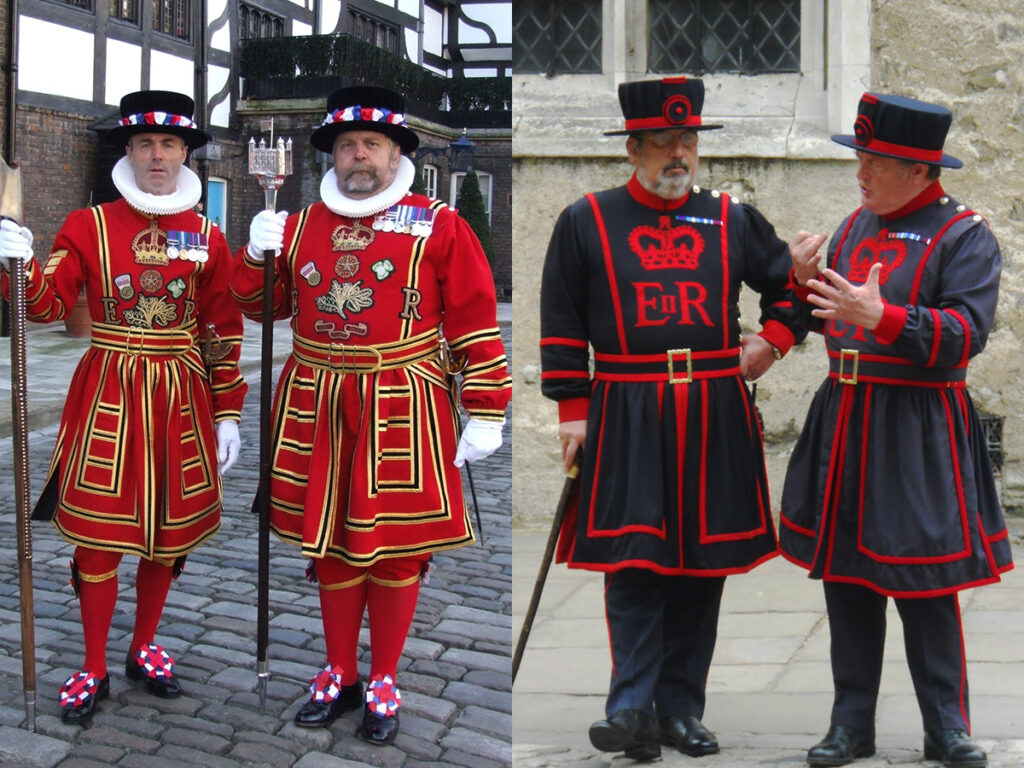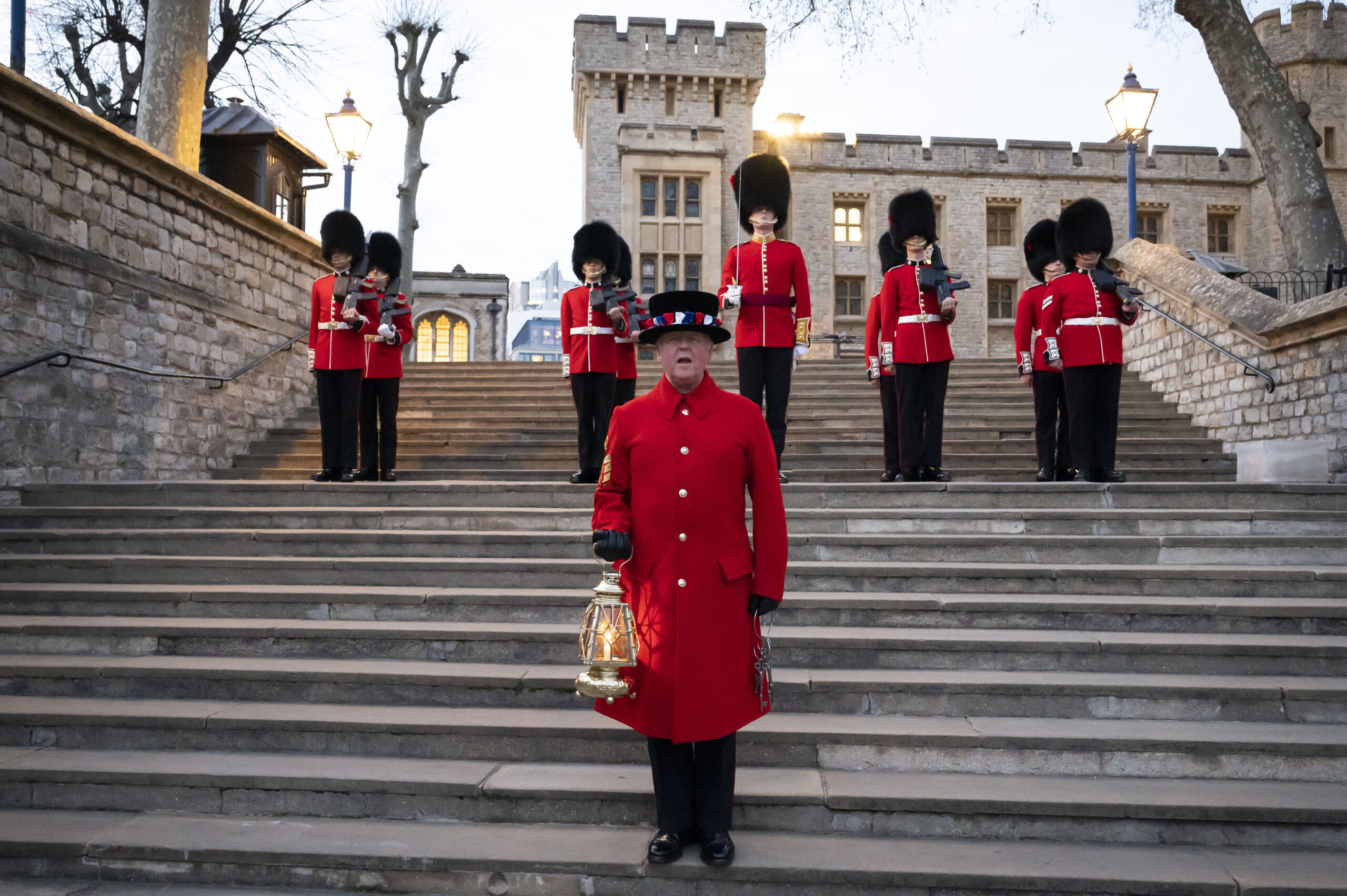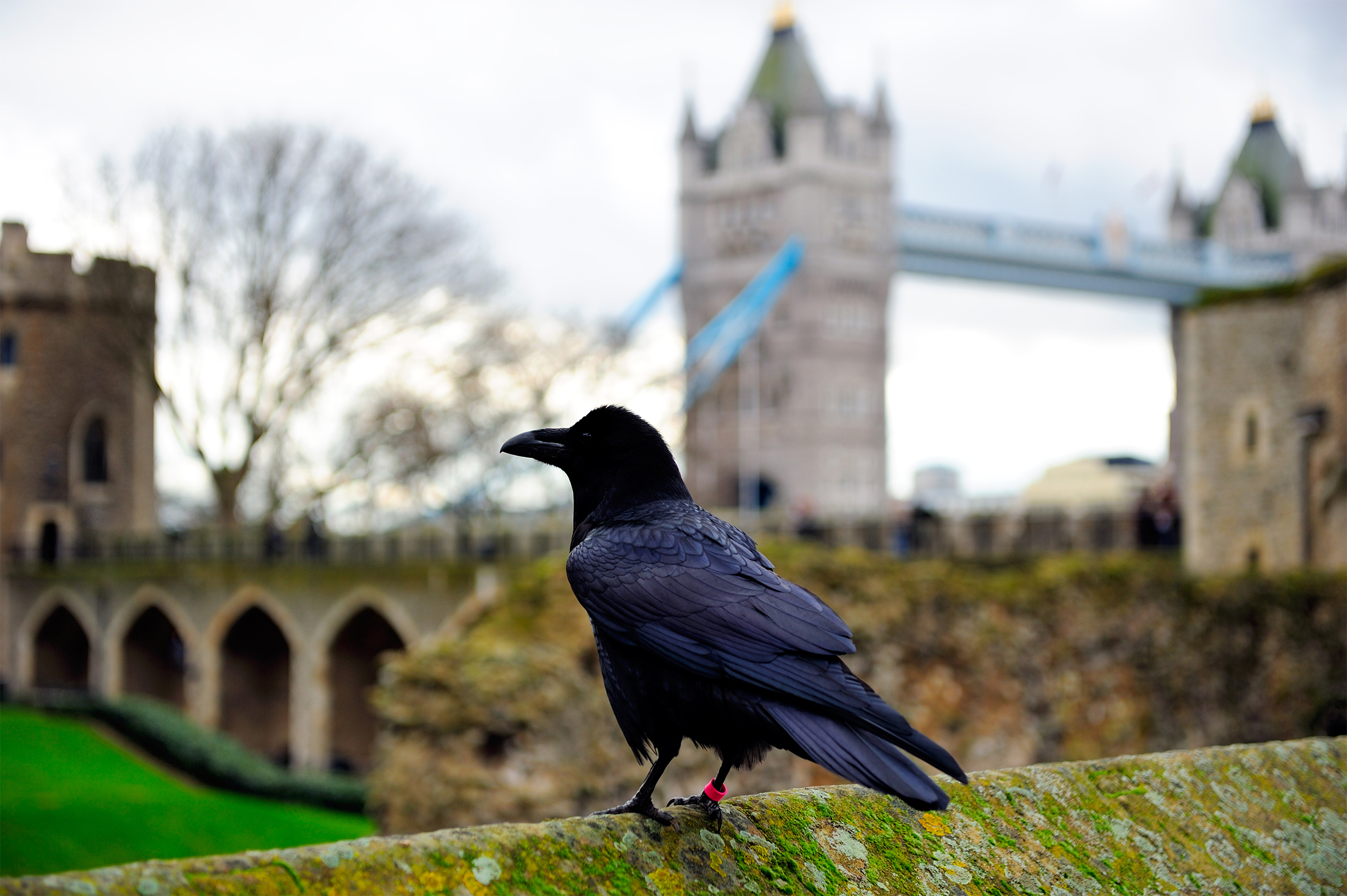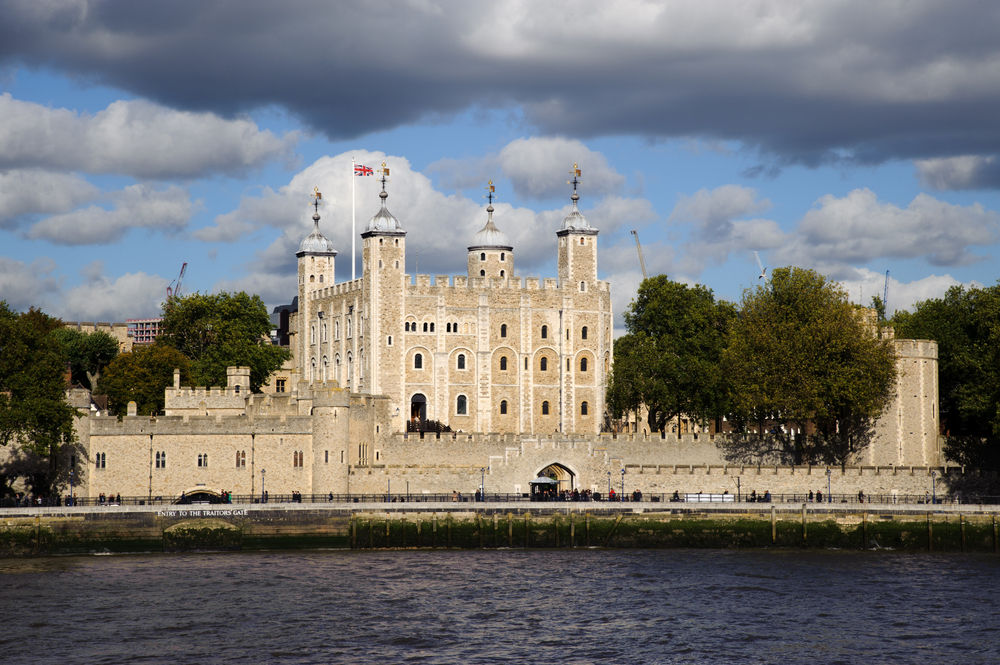The Tower Of London - History, Legends, And Visitor Tips
If you are looking at Tower of London pictures, you would definitely agree how stunning and mysterious this place is. Learn about its fascinating origins, royal ties, and its role in shaping England’s heritage.
Author:Maya ReyesReviewer:Finn WildeFeb 18, 2025892 Shares445.7K Views
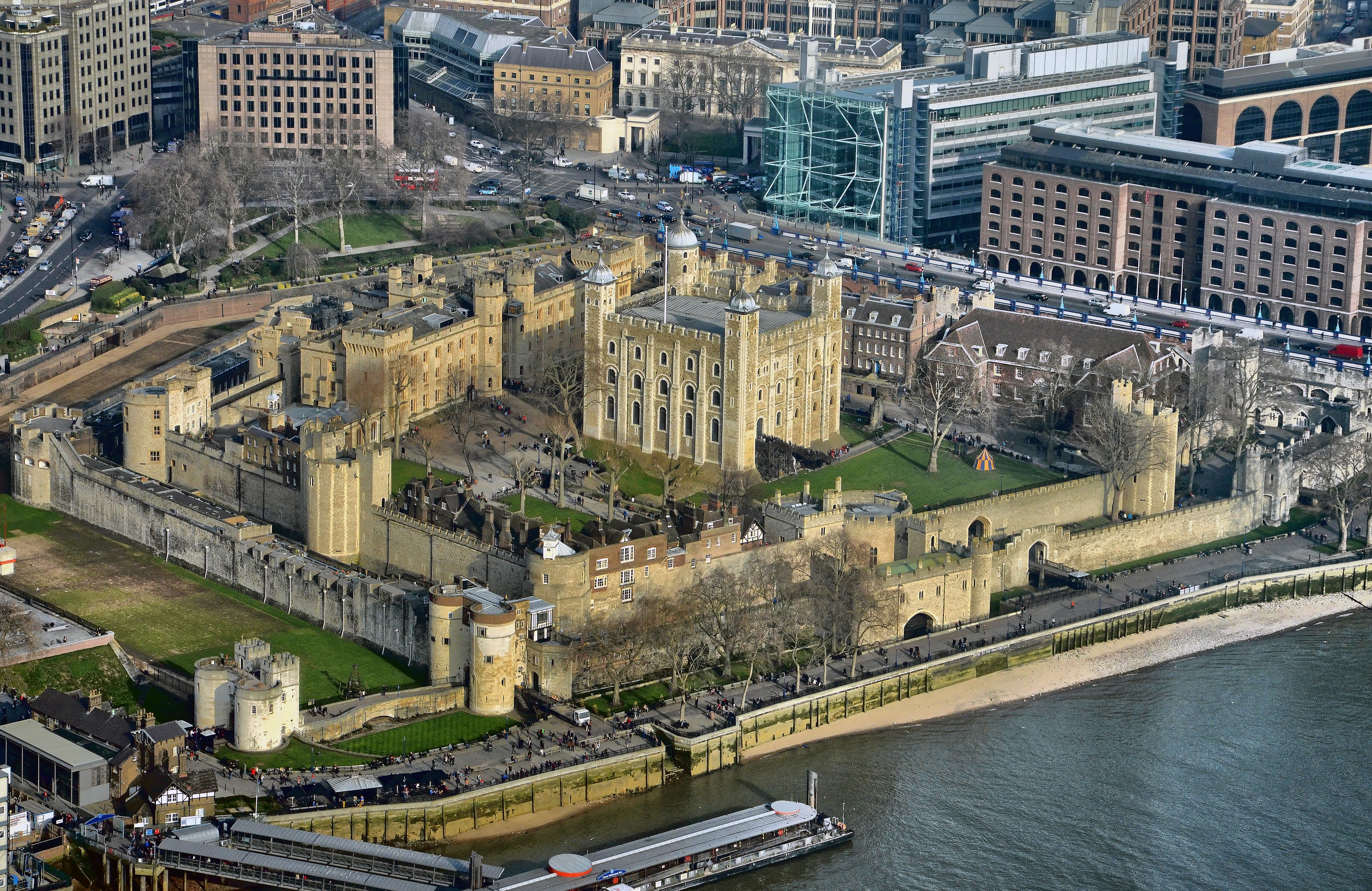
If you are looking at Tower of London pictures, you would definitely agree how stunning and mysterious this place is.
Her Majesty's Royal Palace and Fortress of the Tower of Londonis not only the most important complex of structures in the United Kingdom, but it is also the most frequented of the city's many tourist attractions.
Tower Of London History
The Norman Conquest And The Birth Of The Tower
The Norman Conquest of 1066 marked a pivotal moment in English history, ushering in a period of significant social and political change. William the Conqueror, a formidable military leader, successfully invaded England and established Norman rule.
To consolidate his power, he embarked on a program of castle-building across the country, with the Tower of London serving as a cornerstone of his strategy.
The construction of the White Tower, the heart of the fortress, began around 1078 under the direction of Bishop Gundulf of Rochester. This imposing structure, built from Kentish ragstone and Caen stone, served as a potent symbol of Norman dominance, intimidating the local population and asserting the authority of the new ruling class.
The White Tower, with its massive walls and commanding presence, was designed not only as a fortress but also as a residence for the king, reflecting the Norman ambition to establish a strong and enduring presence in England.
The initial defenses of the Tower likely consisted of a timber palisade and a surrounding ditch, providing a formidable barrier against attack. This early phase of construction laid the foundation for the formidable fortress that would evolve over the centuries.
The establishment of the Tower marked a significant shift in the power dynamics of London, with the Normans asserting their dominance over the city and its inhabitants.
Evolution Through Centuries
The Tower As A Royal Palace And Fortress
Following the Norman Conquest, the Tower of Londonevolved from a purely military structure to a royal palace. Monarchs such as Henry III and Edward I expanded the complex, adding luxurious accommodations, including grand halls, private chambers, and chapels. The Tower served as a center of royal power, hosting court ceremonies, diplomatic meetings, and lavish banquets.
However, the Tower never lost its military significance. Its formidable defenses, including the surrounding walls and the moat, continued to play a crucial role in protecting the city and maintaining royal authority.
The Tower As A Prison
While initially intended as a royal residence, the Tower gradually transitioned into a notorious prison. Its imposing presence and secure location made it an ideal place to confine those who posed a threat to the Crown.
From the 12th century onwards, the Tower held a variety of prisoners, including political opponents, religious dissidents, and even members of the royal family.
Famous prisoners included Anne Boleyn, second wife of King Henry VIII, who was imprisoned and subsequently executed on trumped-up charges of treason. Sir Walter Raleigh, the renowned explorer and adventurer, also spent years imprisoned within the Tower's walls.
Other notable prisoners included Elizabeth I before her ascension to the throne and Rudolf Hess, a high-ranking Nazi official who was captured in Britain during World War II.
The Tower also became a place of execution, with many individuals meeting their demise within its walls or on the infamous Tower Hill. The executions of Anne Boleyn and Thomas More, a prominent English humanist and statesman, are among the most well-known.
The Tower In Wartime
The Tower played a significant role in both World Wars. During World War I, the moat was used as a training ground for recruits. In World War II, the Tower served as a military base, and twelve enemy spies were executed within its walls.
The Tower also faced the threat of aerial bombardment during the Blitz. Despite sustaining some damage, the fortress remained largely intact, a testament to its enduring strength and resilience.
Tower Of London Map
The Tower of London is a stronghold in the centre of London, the capital of the United Kingdom.
It was an important stronghold in the defense of British land as a whole, commanding the passage of ships on the Thames as well as the city.
Those who possessed this castle were the masters of the British Isles; it was a really significant fortification, with a history that matches its global fame.
In actuality, it is a tower, the well-known white tower, surrounded by two concentric ramparts that form an uneven hexagon. The interior of the first rampart is densely packed with structures, producing a mini-town in its own right.
Tower Of London Pictures - Architectural Marvels
The White Tower And The Line Of Kings
The White Tower, located in the Inner Ward and named after the white stone used in its construction, was begun in 1078 and completed around 1100.
The four-story structure contains miniature cupolas on the corner turrets and walls up to 15 feet thick. These were added in the 17th century, and Christopher Wren later rebuilt the exterior.
The Jewel House
Since 1968, the Crown Jewels have been housed in the Jewel House. This one-of-a-kind collection includes St. Edward's Crown, which is made of pure gold and is still used to crown British sovereigns, as well as the Imperial State Crown.
It was constructed for Queen Victoria's coronation in 1837 and was set with over 2,800 diamonds and other precious stones. It is still worn on exceptional occasions such as the state opening of parliament.
The Crown Jewels Include:
- Imperial State Crown: Worn by the monarch during the State Opening of Parliament.
- Sceptre with the Cross: A symbol of the monarch’s authority and governance.
- The Koh-i-Noor Diamond: Part of the crown, this diamond holds historical and cultural significance.
The Royal Mint
The focus of the outstanding Coins and Kings show is the Royal Mint, which was headquartered here from 1279 to 1812.
The exhibit, which depicts the life of the workers and the tales behind the coins they made, is located on the historic mint site and features interactive displays and rare artefacts from the Royal Mint Museum.
The Medieval Palace
The Medieval Palace, with its re-creations of the rooms used by England's kings and queens during their numerous visits, was built by Henry III and his son Edward I while upgrading the tower's fortifications, and is notable for its magnificence.
The famous St. Thomas's Tower Fireplace, Edward I's Bedchamber, the Chantry, and the Lanthorn Tower with its collection of unique antiques dating back to the 13th century are all prime examples.
The Bloody Tower
Many of the tower's darkest secrets were held in the aptly dubbed Bloody Tower, as were some of the country's dirty actions.
Sir Walter Raleigh was among its renowned inmates, and his cell remains exactly as it was during his three imprisonments here (including one 13-year stretch).
The tower was named after the "Princes in the Tower," Edward and Richard, who were assassinated by their uncle, King Richard III.
The Royal Menagerie
At one point in history, the Tower housed a royal menageriethat contained exotic animals such as lions, elephants, and bears. These animals were seen as symbols of the monarchy’s wealth and power and were often gifts from foreign rulers.
The Tower’s zoo served as a source of public fascination until the 19th century when it was moved to Regent’s Parkto form the core of the London Zoo.
Notable Animals At The Menagerie:
- Lions: Gifted by foreign rulers, they were symbols of strength and royal power.
- Elephants: Rare and highly prized, they signified royal prestige.
- Bears and Tigers: Kept for their exotic appeal and as demonstrations of the monarch's global reach.
The Yeoman Warders (Beefeaters)
The Yeoman Warders, popularly known as "Beefeaters," are an iconic part of the Tower of London. These ceremonial guardians, dressed in their distinctive red and black uniforms, have a long and storied history.
Originally established in the 16th century, the Yeoman Warders were initially responsible for guarding the Tower and its prisoners. They also played a crucial role in protecting the Crown Jewels. Today, while their primary duties have evolved, the Yeoman Warders continue to play a vital role in the life of the Tower.
Selected from among retired senior non-commissioned officers of the British Army, the Yeoman Warders undergo rigorous training to fulfill their ceremonial duties. They conduct tours of the Tower, sharing their knowledge of the Tower's history and its fascinating inhabitants. They also participate in the daily Ceremony of the Keys, a historic ritual that dates back centuries.
The name "Beefeater" is believed to have originated during the reign of King Henry VII. Legend has it that the King's personal guard, the predecessors of the Yeoman Warders, were allowed to eat as much beef as they desired from the royal table.
Today, the Yeoman Warders remain an integral part of the Tower of London, providing a living link to the fortress's rich history and adding a touch of pageantry to this iconic landmark.
Ceremony Of The Keys
One of the most famous ceremonies associated with the Tower of London is the Ceremony of the Keys, a nightly ritual that has been performed for over 700 years.
Each evening at precisely 9:53 pm, the Chief Yeoman Warder, accompanied by an armed escort of the Queen's Guards, embarks on a solemn procession to lock all the gates of the Tower.
Carrying a lantern in one hand and the Queen's Keys in the other, the Chief Yeoman Warder makes his way through the fortress, locking each gate and challenging any who may approach.
This historic ceremony has continued uninterrupted for centuries, even during times of war and national crisis. The Yeoman Warders faithfully performed their duty throughout the Great Fire of London, the Plague, and both World Wars, ensuring the security of the Tower and its precious contents.
The Ceremony of the Keys is a unique and captivating spectacle that offers visitors a glimpse into the Tower's long and storied past.
You Might Like: England Pictures - Organize Your Trips By Storing Your Favorite Destinations And Attractions
Folklore And Legends
The Tower of London, with its long and often grim history of imprisonment, torture, and execution, has become a breeding ground for a rich tapestry of legends and folklore.
Ghost Stories
The Tower is said to be haunted by the ghosts of many of its former inhabitants. Perhaps the most famous is Anne Boleyn, who was beheaded on Tower Green in 1536. Legend has it that her spectral figure can be seen wandering the grounds, carrying her severed head.
Other reported sightings include the ghosts of Catherine Howard, Lady Jane Grey, and most hauntingly, the two young Princes in the Tower, whose mysterious disappearance continues to fascinate and intrigue.
Famous Ghostly Sightings:
- Anne Boleyn: Said to be seen walking the Tower grounds with her head under her arm.
- The Princes in the Tower: Their restless spirits are said to roam the corridors in search of justice.
Ravens Of The Tower
The ravens of the Tower hold a special place in English folklore. According to legend, if the ravens ever leave the Tower, the monarchy will fall. This ancient superstition has led to the careful preservation of a small flock of ravens within the fortress grounds.
The Ravenmaster, a dedicated member of the Yeoman Warders, ensures that at least six ravens are always present, fulfilling this symbolic role and contributing to the Tower's unique atmosphere.
The Role Of The Ravens:
- Symbol of Protection: The ravens are considered a talisman for the monarchy’s stability.
- Care and Feeding: The Ravenmaster ensures they are well-fed and cared for, contributing to the Tower’s continuing traditions.
These legends, while perhaps not entirely factual, add a layer of mystique and intrigue to the Tower of London, reminding us of its long and complex history and its enduring hold on the public imagination.
Fascinating Facts About The Tower Of London
1. The Tower Once Had A Polar Bear
In the 13th century, King Haakon IV of Norway gifted a polar bearto Henry III. The bear was kept at the Tower and even allowed to swim and hunt in the River Thames, tethered to a long chain!
2. It Was Home To The First Royal Zoo
The Tower housed exotic animals like lions, elephants, and kangaroos—long before the creation of the London Zoo. This Royal Menageriebecame a popular attraction for nobles and visitors.
3. The Ravens Have A “Backup” Squad
Legend has it that the Tower must always house at least six ravens, or the kingdom will fall. To ensure this tradition, the Tower keeps extra ravens as a backup team, cared for by the Ravenmaster.
4. The Beefeaters Live At The Tower
The Yeoman Warders, known as Beefeaters, actually live within the Tower's grounds with their families. They follow traditions dating back centuries while performing ceremonial duties.
5. The Tower’s Last Execution Took Place In 1941
During World War II, Josef Jakobs, a German spy, became the last person executed at the Tower. He was shot by a firing squad, marking the end of its use as an execution site.
6. The Ceremony Of The Keys Has Never Stopped
The Ceremony of the Keys, the nightly ritual of locking the Tower, has been performed without interruption for over 700 years, even during wartime bombings.
7. It Was Once Painted White
The White Tower, the central keep, wasn’t always the dull grey we see today. It was once whitewashedto make it shine, earning its name as the “White Tower.”
8. The Tower’s Guards Include A Cat
While the Yeoman Warders and ravens steal the spotlight, the Tower has also housed resident catsto keep rodents at bay. One cat even gained celebrity status among tourists!
9. A Failed Crown Jewels Heist
In 1671, an Irish adventurer named Colonel Thomas Bloodattempted to steal the Crown Jewels. Though his plan failed, his audacity earned him a pardon from King Charles II.
10. The Tower of London has its own postcode:EC3N 4AB.
UNESCO World Heritage Status
In recognition of its outstanding cultural and historical significance, the Tower of London was designated a UNESCO World Heritage Sitein 1988. This prestigious designation acknowledges the Tower's exceptional value to humanity, meeting several key criteria:
- Criterion (ii):The Tower of London stands as a powerful symbol of royal power since the time of William the Conqueror. Its construction and subsequent development significantly influenced castle-building throughout England and beyond, serving as a model for other fortifications.
- Criterion (iv):The White Tower represents an outstanding example of late 11th-century Norman military architecture. As the most complete survival of an 11th-century fortress palace in Europe, it provides invaluable insights into the architectural and engineering innovations of that era.
However, maintaining the Tower's Outstanding Universal Value requires ongoing efforts. Challenges include the impact of surrounding development, which can erode the Tower's visual dominance and its historical context.
The continued growth of the city necessitates careful planning and development strategies to ensure that the Tower's setting is preserved and its integrity maintained.
The Tower of London is managed by Historic Royal Palaces, an independent charity responsible for the care and conservation of this iconic landmark.
A dedicated World Heritage Site Management Plan outlines strategies for protecting and enhancing the Tower's Outstanding Universal Value, including measures to address the challenges posed by urban development and ensure the long-term sustainability of this remarkable site.
Visiting The Tower Of London
The Tower of London is a major tourist attraction, welcoming millions of visitors each year. A visit to the Tower offers a unique opportunity to step back in time and explore centuries of history.
Practical Information:
- Ticket Prices and Booking Options:Tickets can be purchased online in advance, often at a discounted rate.
- Opening Hours and Seasonal Variations:The Tower is open to the public year-round, with seasonal variations in opening hours.
- Recommended Tours and Experiences:Guided tours, including those led by the Yeoman Warders, offer valuable insights into the Tower's history and its inhabitants. Special exhibitions and events are often held throughout the year, providing visitors with unique experiences.
- Accessibility Information:The Tower of London strives to be accessible to all visitors, with ramps, elevators, and accessible toilets available in many areas.
- Tips for Planning a Visit:Allow ample time for your visit, as there is much to see and do. Wear comfortable shoes, as you will be doing a lot of walking. Consider visiting during the off-season for a more relaxed experience.
To get a better visual understanding of what awaits you at the Tower of London, watch this informative video:
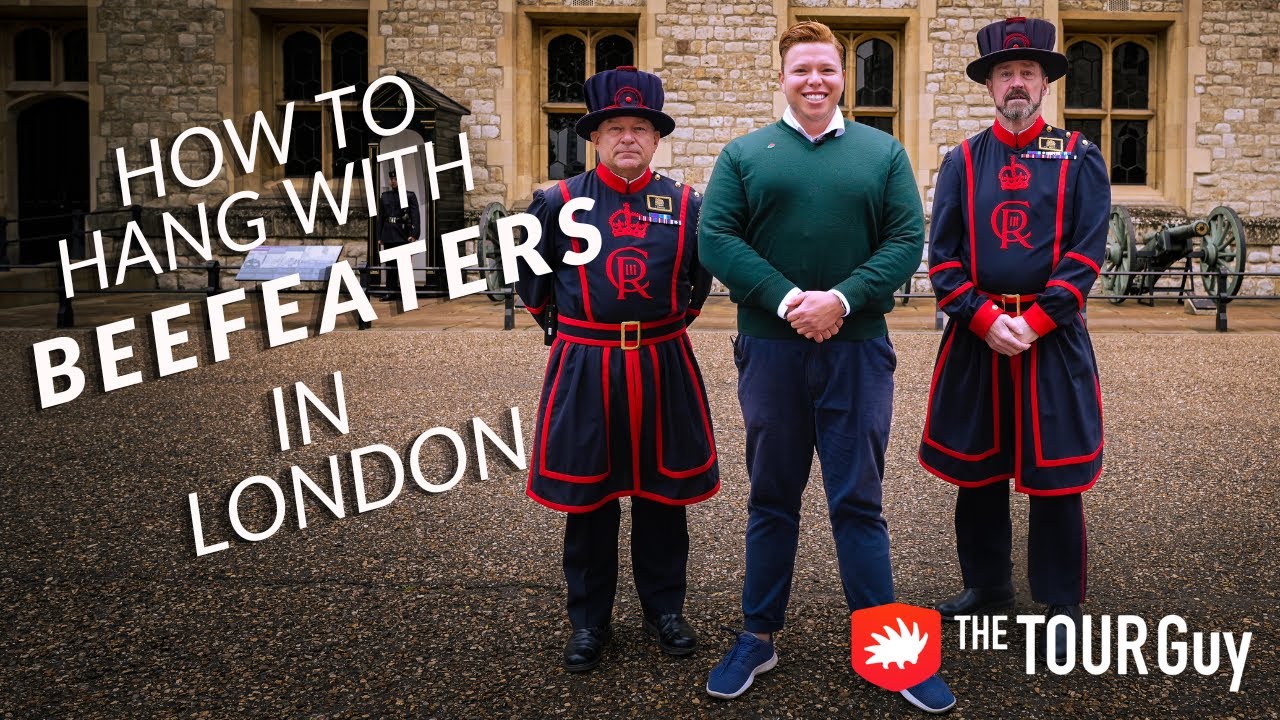
The Ultimate Tower of London Guide
People Also Ask
Why Is The Tower Of London Called The Bloody Tower?
The Bloody Tower is famously linked to the alleged murder of 12-year-old Edward V and his younger brother, Richard, in 1483. According to tradition, their uncle, the future Richard III, ordered them to stay in these rooms.
Can You Take Pictures In Tower Of London?
Most locations of the Tower of London allow visitors to take photographs. Photography is not permitted in the following sites for religious or security reasons: The House of Jewels. Martin's Tower.
Why Can't You Take Pictures Of The Crown Jewels?
The Jewel House, which has held the beautiful Crown Jewels since 1661, is arguably the most cherished feature. Unfortunately, photographs of the Crown Jewels are not permitted for security reasons. And you won't want to attempt with the menacing security guards scrutinizing your every move as you walk into the Jewel House.
What Is The Tower Of London Famous For?
In times of war and revolt, the Tower served as the most secure fortification in the nation, guarding royal possessions and even the royal family. However, over the past 500 years, monarchs have utilized the Tower as a shockingly opulent castle. The Tower has also served as a visual emblem of awe and horror throughout history.
Conclusion
This amazing UNESCO World Heritage Site has played several roles throughout its long history - portions of it are almost 1,000 years old. It has been a stronghold (many times besieged, never taken), a royal palace, a prison and place of execution, a royal mint and treasure vault, an observatory, and a private zoo for five centuries.

Maya Reyes
Author
Maya Reyes’s wanderlust was sparked in the temples of Luang Prabang, where the scent of lemongrass and the chants of monks revealed the transformative power of travel.
Since then, her journey has been defined by cultural immersion and authentic connections. From learning batik in Indonesia to sharing meals with nomadic families in Mongolia, Maya seeks experiences that highlight the human stories behind each destination.
Travel for her is a way to weave her narrative into the world’s cultural tapestry, creating bridges across diverse ways of life. Maya has traveled to 15 countries and shares her insights through writing and storytelling.

Finn Wilde
Reviewer
For Finn Wilde, the wilderness is more than just a destination - it’s a way of life. Over the past decade, he has led multiple expeditions in some of the world’s most remote regions, from the icy fjords of Greenland to the rugged trails of Patagonia.
Finn emphasizes sustainability in all of his adventures, helping participants connect with nature while promoting responsible exploration. His expeditions inspire individuals to explore the great outdoors while fostering a deep respect for the environment.
Latest Articles
Popular Articles
